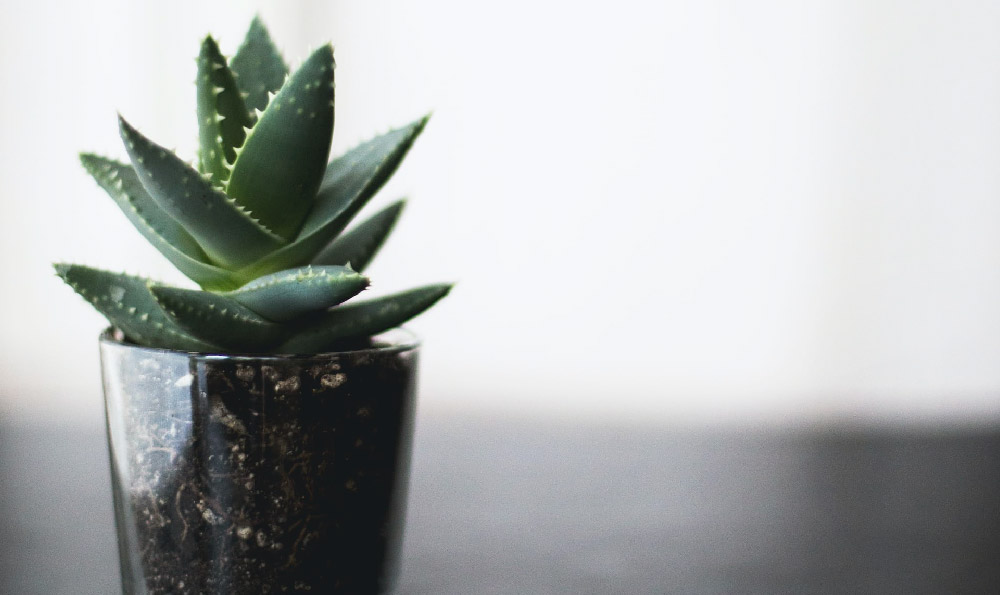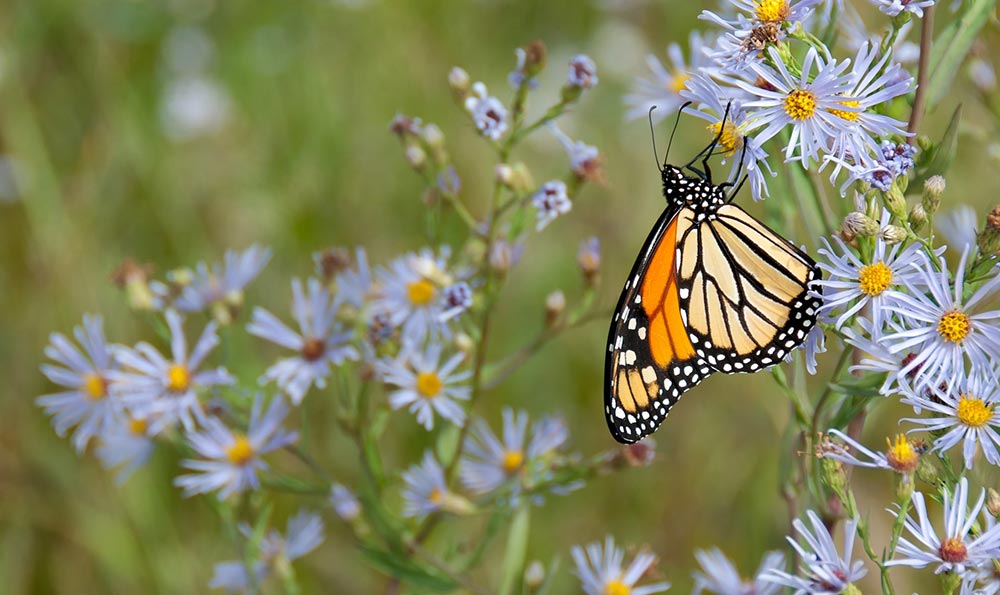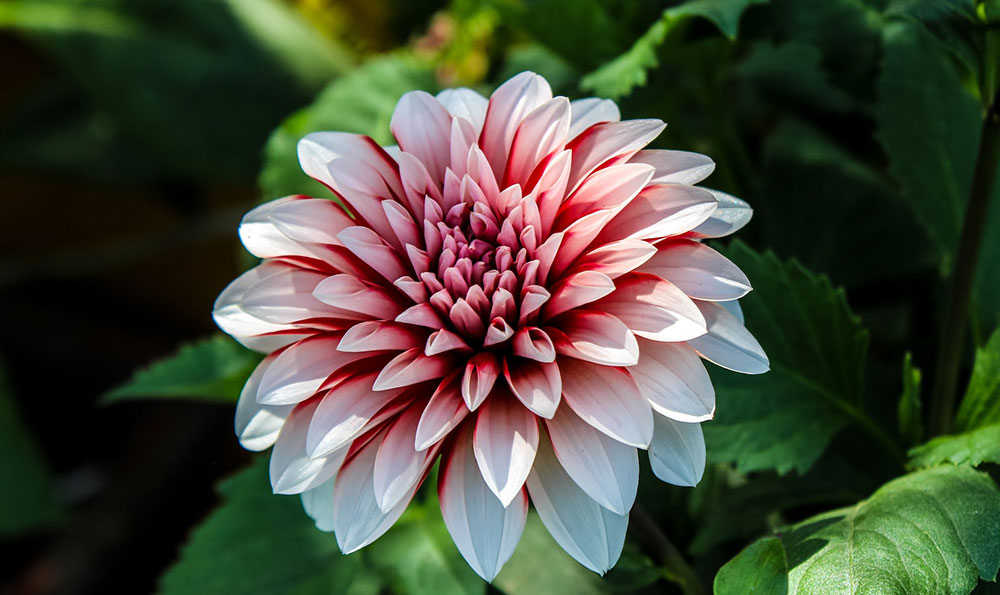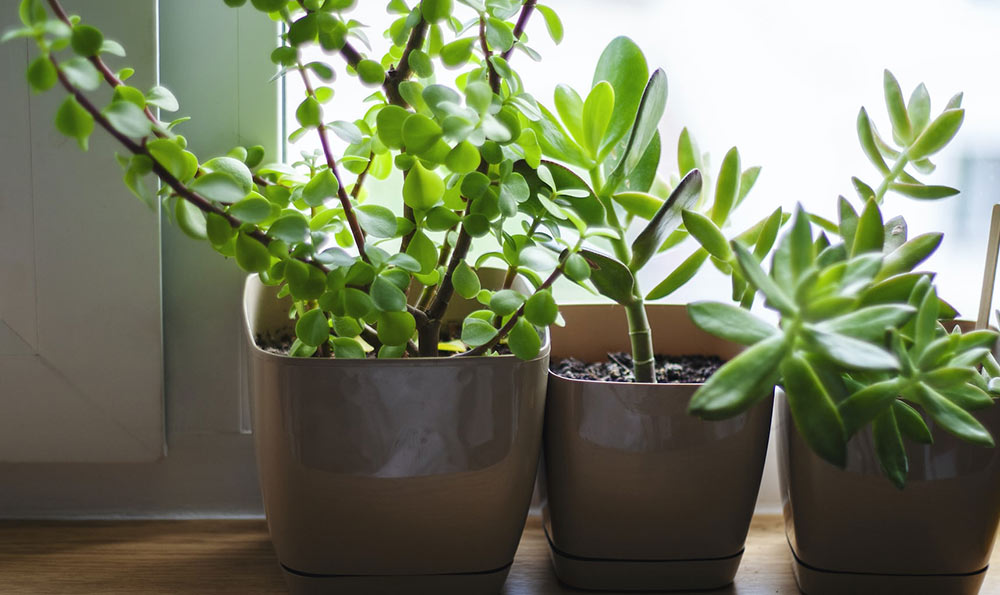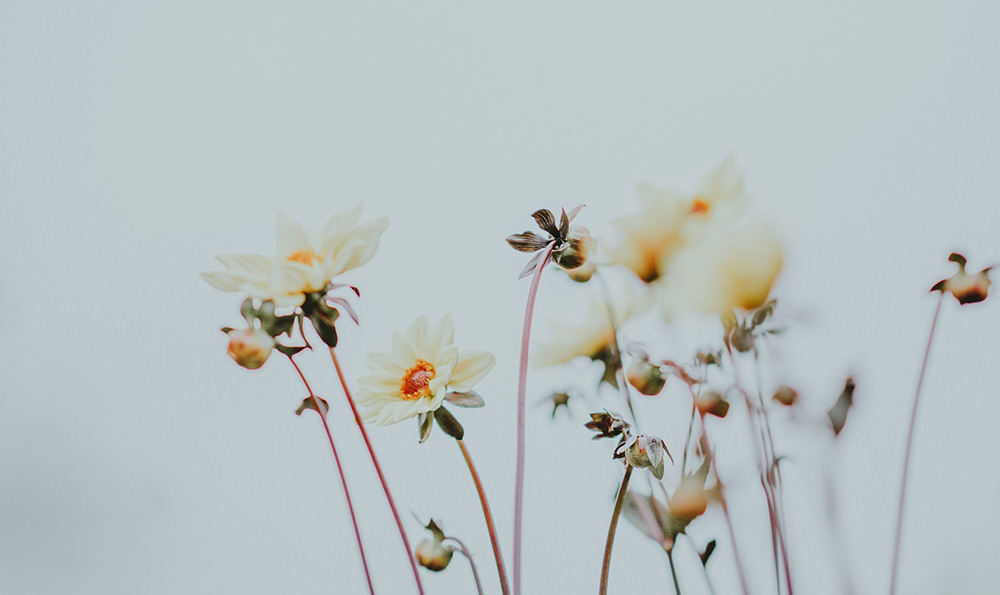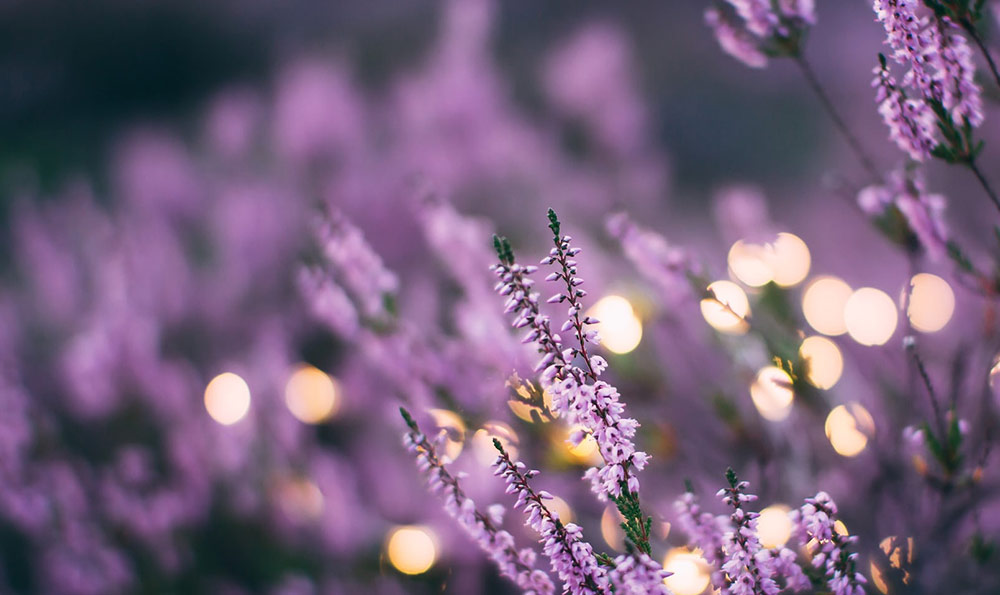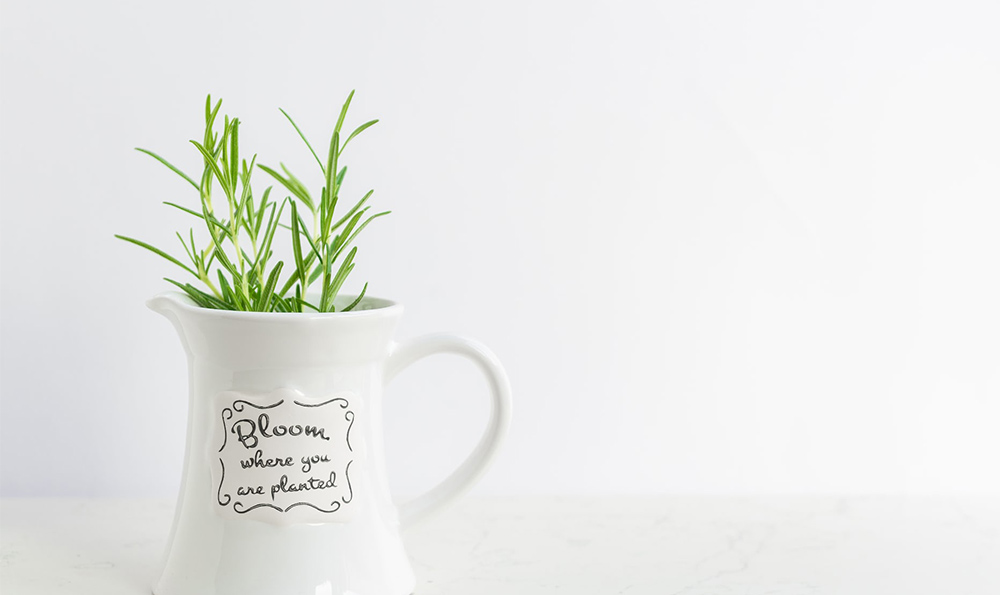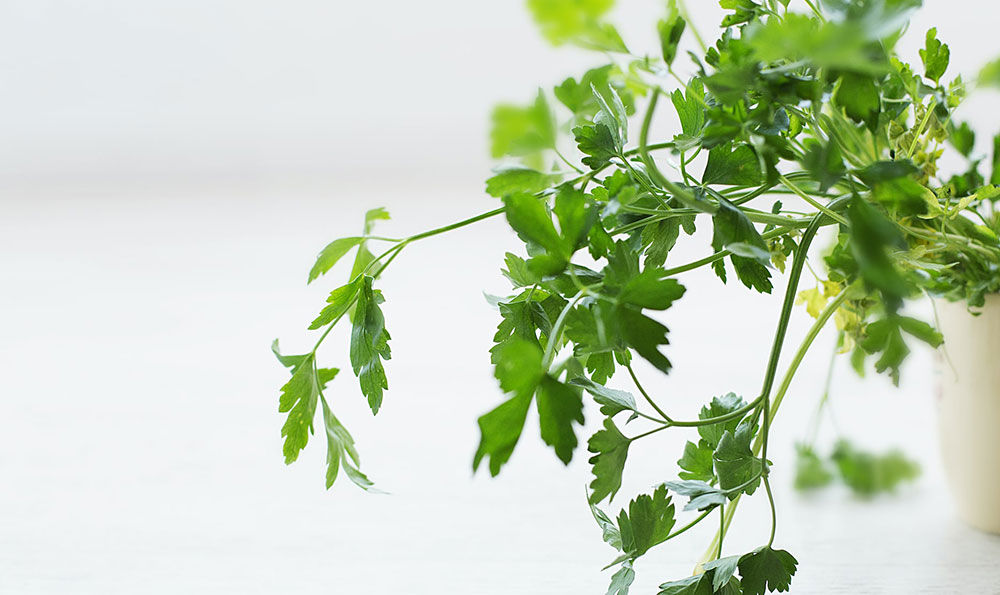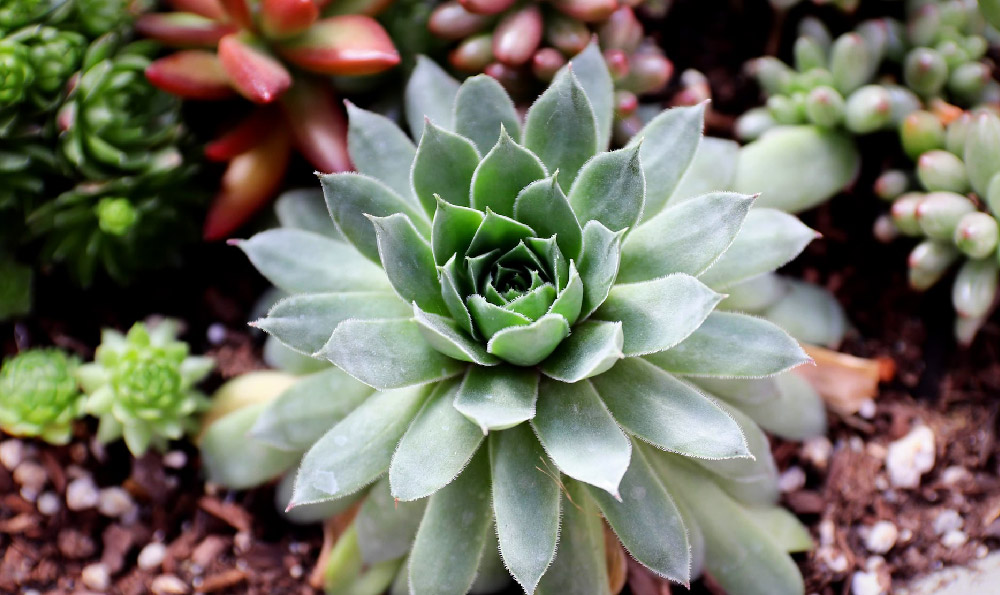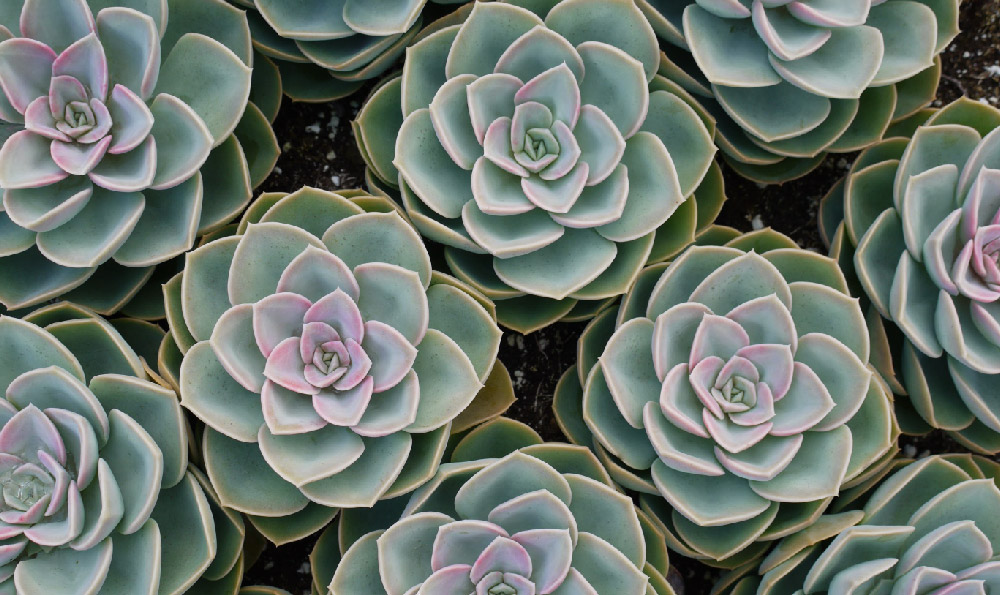
夏季是蚊虫繁殖活跃的季节,长时间暴露在蚊虫的侵扰下会给我们的生活带来很大的困扰。而在这个问题上,我们可以利用一些植物的草药特性来驱赶蚊虫,从而保证夏季的宁静和安宁。本文将介绍一些夏季驱蚊的植物,让您了解并选择适合自己的驱蚊植物。
正文
驱蚊植物按照其驱蚊原理和功能可分为两类:一类是散发特殊气味来驱赶蚊虫的植物,另一类是含有驱蚊成分的植物。
第一类植物是通过散发特殊气味来驱赶蚊虫的,比如香茅、柠檬草、薰衣草等。香茅又称为马鞭草,其气味能够引起蚊虫的反感,可以有效地驱赶它们。柠檬草含有柠檬醛成分,其气味浓郁,对蚊虫有较好的驱赶效果。薰衣草具有独特的香气,能够阻断蚊虫的嗅觉,起到驱赶作用。
第二类植物是含有驱蚊成分的,比如茉莉花、三七草、风车子等。茉莉花含有挥发性油类物质,其香气对蚊虫有一定的驱避作用。三七草具有较为刺激的气味,能够有效地驱赶蚊虫。风车子又名驱蚊香,其叶子中含有挥发性成分,能够驱赶蚊虫。
还有一些植物即属于第一类,又属于第二类的,比如莲子草、菊花等。莲子草有独特的香气,含有挥发性成分,并能够抑制蚊虫的活动。菊花含有一定的芳香成分,其气味对蚊虫有一定的驱避作用。
结尾
以上所介绍的夏季驱蚊的植物仅仅是其中的一部分,还有很多其他的植物也具有驱蚊的功能。选择适合自己的驱蚊植物,可以帮助我们在夏季享受宁静和安宁,远离蚊虫的骚扰。但不同的人对不同植物的反应可能会有所不同,所以在选择和使用植物时,应根据个人情况和体验来进行。希望本文对您了解夏季驱蚊植物有所帮助。
夏季驱蚊的植物有哪些
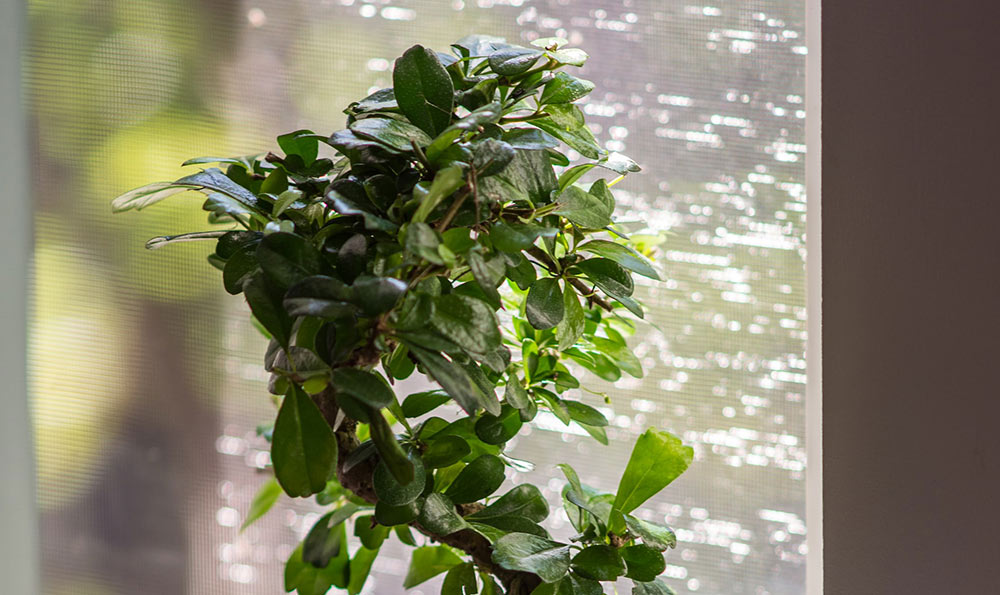
夏季是许多人外出活动的高峰期,然而蚊虫的侵扰往往让人倍感困扰。为了解决这一问题,很多人选择使用驱蚊剂,但这些产品中的化学成分可能对人体健康造成潜在的危害。寻找适合夏季驱蚊的植物成为了一种更加安全和自然的选择。本文将以客观、专业、清晰和系统的方式,介绍夏季驱蚊的植物,并为读者提供相关知识。
正文
一、驱蚊植物的定义与分类
驱蚊植物是指具有驱避或杀死蚊虫的特性的植物。根据其驱蚊方式的不同,可以将这些植物分为两类:避蚊植物和杀蚊植物。
1. 避蚊植物
避蚊植物主要通过散发气味或挥发物来抵挡蚊虫的侵扰。常见的避蚊植物包括柠檬草、薰衣草、尤加利等。柠檬草所散发的柠檬香气可以驱赶蚊虫,而薰衣草和尤加利的芳香味道则能有效避免蚊虫叮咬。
2. 杀蚊植物
杀蚊植物是指那些具有杀灭蚊虫能力的植物。黄皮梨、苦楝树和樟树等植物被广泛认为具有杀蚊作用。黄皮梨中的有效成分能够杀死蚊虫的幼虫,苦楝树和樟树则散发出一种能够驱逐蚊虫的揮发性物质。
二、具体的驱蚊植物举例
1. 柠檬草
柠檬草被广泛认为是一种非常有效的避蚊植物。它含有大量的香茅醇,具有强烈的柠檬香气,可以有效避免蚊虫的侵扰。柠檬草还可以用来制作驱蚊喷雾或蚊香,增加其驱蚊效果。
2. 薰衣草
薰衣草是一种具有香气和杀菌作用的植物,同时也具有较强的驱蚊效果。其强烈的芳香味可以有效地驱散蚊虫,并且能够保持一段时间。在夏季户外活动中,种植薰衣草或使用薰衣草精油成为了一种较为常见的驱蚊方式。
三、驱蚊植物的比较
不同的驱蚊植物在驱蚊效果、适用环境以及使用方法上可能会存在差异。柠檬草的驱蚊效果较为显著,适用于室内和室外环境,可以通过提取柠檬草精油或研磨植物本身来使用。而薰衣草则更适合室内使用,可以放置在卧室或客厅等区域,通过发散芳香来达到驱蚊的效果。还有一些其他的驱蚊植物,如香茅、尤加利等,它们的驱蚊效果和使用方法各有特点。
结尾
通过本文的介绍,我们了解到夏季驱蚊的植物有很多种类,其中柠檬草、薰衣草等驱蚊植物具有较为显著的驱蚊效果。选择合适的驱蚊植物可以有效地减少蚊虫叮咬的困扰,同时避免使用化学驱蚊剂可能带来的潜在风险。在夏季选择适合自己的驱蚊植物成为了一个安全、自然的选择。
夏季驱蚊的植物有什么
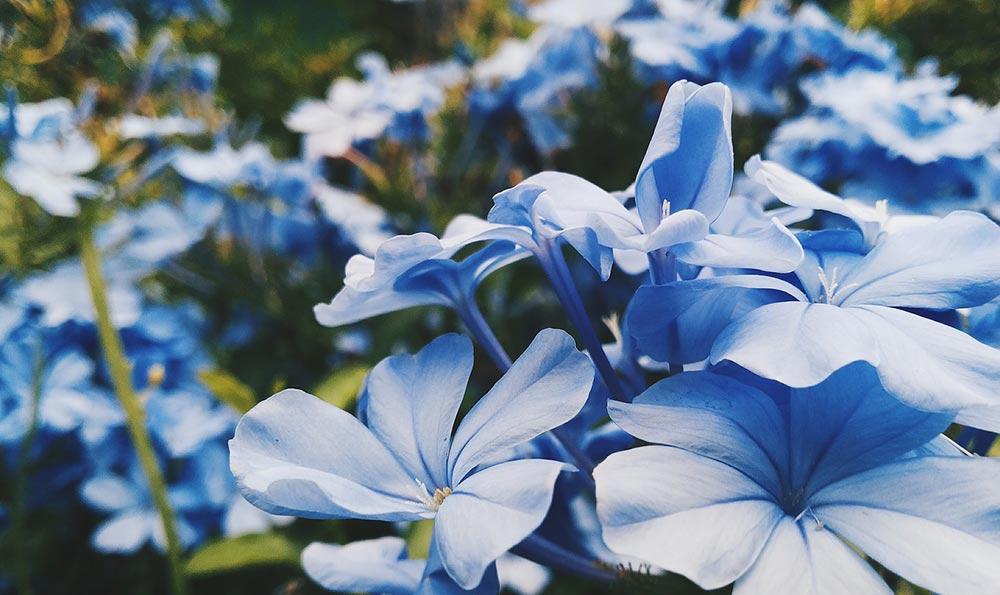
夏季是蚊子繁殖的季节,蚊虫叮咬不仅会引起不适,还可能传播疾病。选择具有驱蚊作用的植物来驱赶蚊虫是一种常见的方式。本文将系统地介绍夏季驱蚊的植物,包括定义、分类、举例和比较等相关知识。
植物驱蚊可以通过释放气味、产生化学物质或改变环境等方式来实现。根据驱蚊机制的不同,夏季驱蚊的植物可以分为三大类:气味驱蚊植物、化学驱蚊植物和环境驱蚊植物。
1. 气味驱蚊植物:
气味驱蚊植物主要是通过散发特定气味来驱赶蚊虫。薰衣草、迷迭香和马鞭草释放出的芳香气味对蚊虫具有明显的驱避作用。这些植物散发出来的气味能干扰蚊虫的嗅觉系统,使其无法找到人类的身体气味,从而达到驱蚊的效果。
2. 化学驱蚊植物:
化学驱蚊植物是指能够产生驱蚊化学物质的植物。金虎尾鱼腥草中的化学成分具有良好的驱蚊效果,能够击退蚊虫的入侵。这些化学物质可以通过被蚊虫接触或吸入进入蚊虫体内,从而对其产生杀灭或驱避作用。
3. 环境驱蚊植物:
环境驱蚊植物是指通过改变环境条件来驱赶蚊虫的植物。茉莉、紫薇和百合等花卉植物能够吸引蚊虫的天敌如蜻蜓、蜘蛛等,从而减少蚊虫的数量。一些草本植物如螺旋藻和大蒜还能抑制蚊虫的繁殖,有效地控制蚊虫的数量。
总结以上所述,夏季驱蚊的植物主要分为气味驱蚊植物、化学驱蚊植物和环境驱蚊植物三大类。通过散发特定气味、产生驱蚊化学物质或改变环境条件,这些植物能够有效地驱赶蚊虫,帮助人们度过蚊虫多的夏季。选择适合的驱蚊植物可以在不使用化学驱蚊剂的情况下维持一个舒适的室外环境,同时减少蚊虫叮咬的风险。
What Plants Can Repel Mosquitoes in Summer?
Introduction
Summer is the season when mosquitoes breed abundantly. Mosquito bites can not only cause discomfort but also transmit diseases. Therefore, using plants with mosquito-repelling properties is a common way to repel mosquitoes. This article will provide a systematic introduction to plants that repel mosquitoes in summer, including definitions, classifications, examples, and comparisons.
Text
Plants that repel mosquitoes can achieve this through releasing scent, producing chemicals, or changing the environment. Based on different mosquito-repelling mechanisms, plants that repel mosquitoes in summer can be divided into three categories scent-repelling plants, chemical-repelling plants, and environmental-repelling plants.
1. Scent-repelling plants
Scent-repelling plants mainly repel mosquitoes by emitting specific odors. For example, lavender, rosemary, and citronella grass emit aromatic scents that have a significant repellent effect on mosquitoes. The scents released by these plants can interfere with the mosquito's olfactory system, making it unable to locate human body odors, thus achieving the purpose of repelling mosquitoes.
2. Chemical-repelling plants
Chemical-repelling plants refer to plants that can produce mosquito-repellent chemicals. For example, the chemical components of catnip have excellent mosquito-repellent effects and can deter mosquito invasions. These chemicals can enter the mosquito's body through contact or inhalation, thus killing or repelling them.
3. Environmental-repelling plants
Environmental-repelling plants repel mosquitoes by changing environmental conditions. For example, flowers such as jasmine, crepe myrtle, and lilies can attract natural enemies of mosquitoes, such as dragonflies and spiders, thereby reducing the mosquito population. In addition, some herbaceous plants like spirulina and garlic can inhibit mosquito breeding, effectively controlling the number of mosquitoes.
Conclusion
In conclusion, plants that repel mosquitoes in summer can be classified into three categories scent-repelling plants, chemical-repelling plants, and environmental-repelling plants. By emitting specific odors, producing mosquito-repellent chemicals, or changing environmental conditions, these plants can effectively repel mosquitoes and help people get through mosquito-infested summers. Choosing suitable mosquito-repelling plants can maintain a comfortable outdoor environment without the use of chemical repellents while reducing the risk of mosquito bites.


